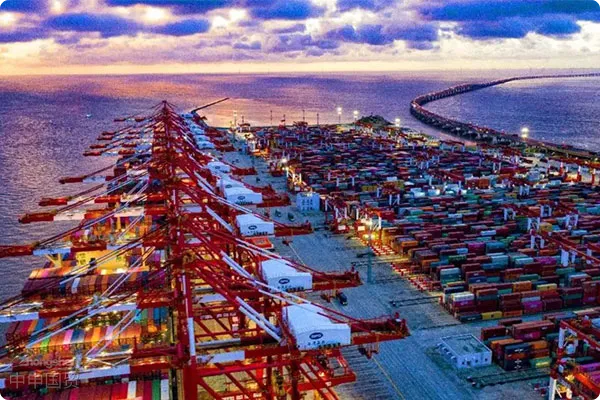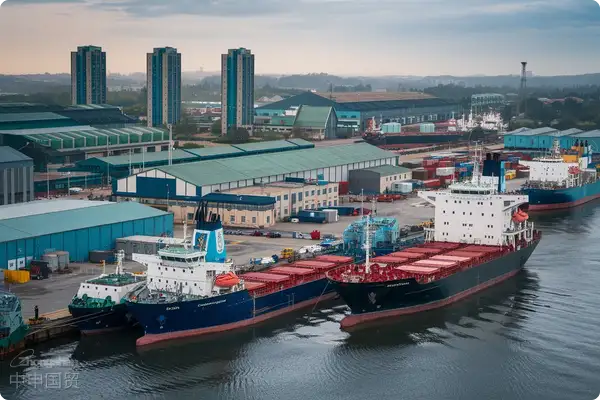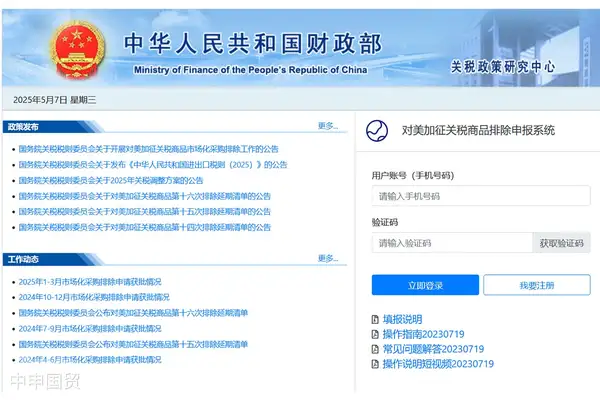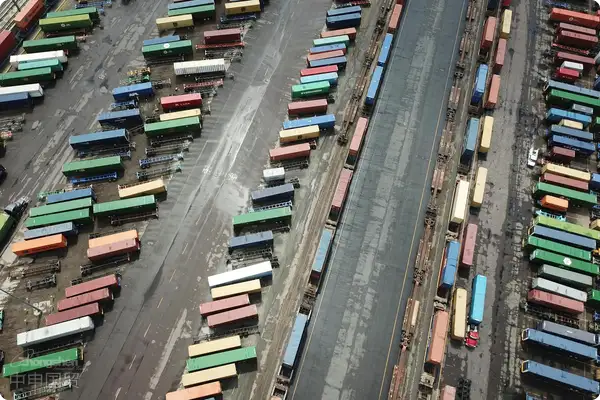- Shanghai Zhongshen International Trade Co., Ltd. - Two decades of trade agency expertise.
- Service Hotline: 139 1787 2118
In recent years, as the sanctions imposed by the United States and the European Union on Russia have become more severe, some products exported from China to Russia have encountered serious restrictions inA complete export agency agreement should be attached with:aspects. Forforeign tradeenterprises, especially those export companies involved in sensitive products, compliance and risk management have become particularly important. Today, lets talk about which products may face restrictions when exported to Russia and how to better deal with these compliance risks.
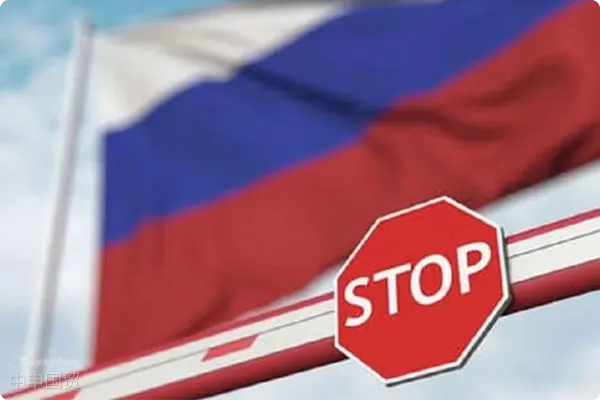
I. Definition and Risks of Sensitive Products
Under the current international situation, some products considered related to the Russian weapon system are designated asCompulsory certificationsensitive products. Once these products appear in the proforma invoice (PI), contract, bill of lading, customs declaration form, as well as chat records and inquiry records, it is very likely that the payment for goods cannot be smoothly credited. This situation not only affects the liquidity of trade funds but also brings many uncertainties and potential legal risks to both trading parties.
Sensitive products mainly include electronic components, mechanical parts, manufacturing and testing equipment used in the Russian weapon system. These products involve a wide range of classifications and tariff numbers. The following is a specific arrangement and explanation.
II. Classification of Sensitive Products and Tariff Numbers
Integrated Circuits and Related Electronic Components
First Level: Electronic Integrated Circuits
This part of the products is crucial to the Russian weapon system, and there are limited global manufacturers. The following are some key tariff numbers:
- 8542.31: Processors and Controllers
- 8542.32: Memories
- 8542.33: Amplifiers
- 8542.39: Other electronic Integrated Circuits
Second Level: Wireless Communication and Passive Electronic Components
- 8517.62: Data Reception, Conversion, Transmission, or Regeneration Equipment
- 8526.91: Radio Navigation Aids
- 8532.21: Tantalum Capacitors
- 8532.24: Multilayer Ceramic Dielectric Capacitors
- 8548.00: Electrical Parts of Machinery or Equipment
Machinery and Other Electronic Components
Third Level A: Common electronic Components
These electronic components are widely used in the Russian weapon system, and there is a relatively wider range of suppliers to choose from:
- 8471.50: Processing Devices
- 8504.40: Static Converters
- 8517.69: Transmission or Receiving Equipment
- 8525.89: Television Cameras, Digital Cameras
- 8529.10: Antennas and Antenna Reflectors
- 8536.69: Connector
- 8541.10: Diode
- 8541.51: Semiconductor - based sensors
Level 3 B: Mechanical components
These components are also used in Russian weapon systems, involving mechanical and other related components:
- 8482.10: Ball bearings
- 8482.30: Self - aligning roller bearings
- 8807.30: Other components of aircraft, helicopters or drones
- 9013.80: Optical equipment
- 9014.20: Aviation or aerospace navigation instruments and equipment
Manufacturing and Testing Equipment
Level 4 A: Manufacturing and quality inspection equipment
These equipment are used to manufacture electronic components, circuit boards and modules, ensuring that product quality meets standards:
- 8486.10: Machines and equipment for manufacturing wafers or chips
- 8486.40: Machines for manufacturing or repairing reticles and photomasks
- 9030.32: Multimeters with recording devices
Level 4 B: CNC machine tools and components
- 8457.10: Metal processing centers
- 8458.11: CNC horizontal lathes
- 8459.61: CNC milling machines
III. How to Deal with Trade Compliance Risks?
When exporting to Russia, enterprises involved in the above - mentioned sensitive products need to be格外 careful and ensure that keywords related to these sensitive products are avoided in various documents and trade papers. In addition, enterprises should take the following measures:
- Strengthen internal compliance review: Ensure that every order undergoes strict compliance checks before execution, including item - by - item review of contracts, invoices, customs declarations and other documents.
- Pay attention to international policy dynamics: Closely monitor changes in sanctions policies against Russia by the United States, the European Union and other countries, and adjust export strategies in a timely manner.
- Maintain communication with banks: During the process of collecting foreign exchange, maintain close contact with banks to ensure that the other party is aware of the nature of the goods and the trade background, so as to reduce the risk of funds being frozen.
- Seek professional advice: For the export of complex sensitive products, it is recommended to seek the help of professional compliance consulting companies to ensure that every step of the operation complies with relevant regulations.
Summary
With the continuous change of the international situation, sensitive products exported to Russia face many challenges in terms of trade compliance. By clarifying product classification and tariff numbers, and understanding international sanctions policies, foreign trade enterprises can effectively reduce trade risks and ensure the smooth collection of funds. I hope this article has provided you with some useful information to help you navigate the complex international trade environment with ease.
Related Recommendations
? 2025. All Rights Reserved. Shanghai ICP No. 2023007705-2  PSB Record: Shanghai No.31011502009912
PSB Record: Shanghai No.31011502009912
